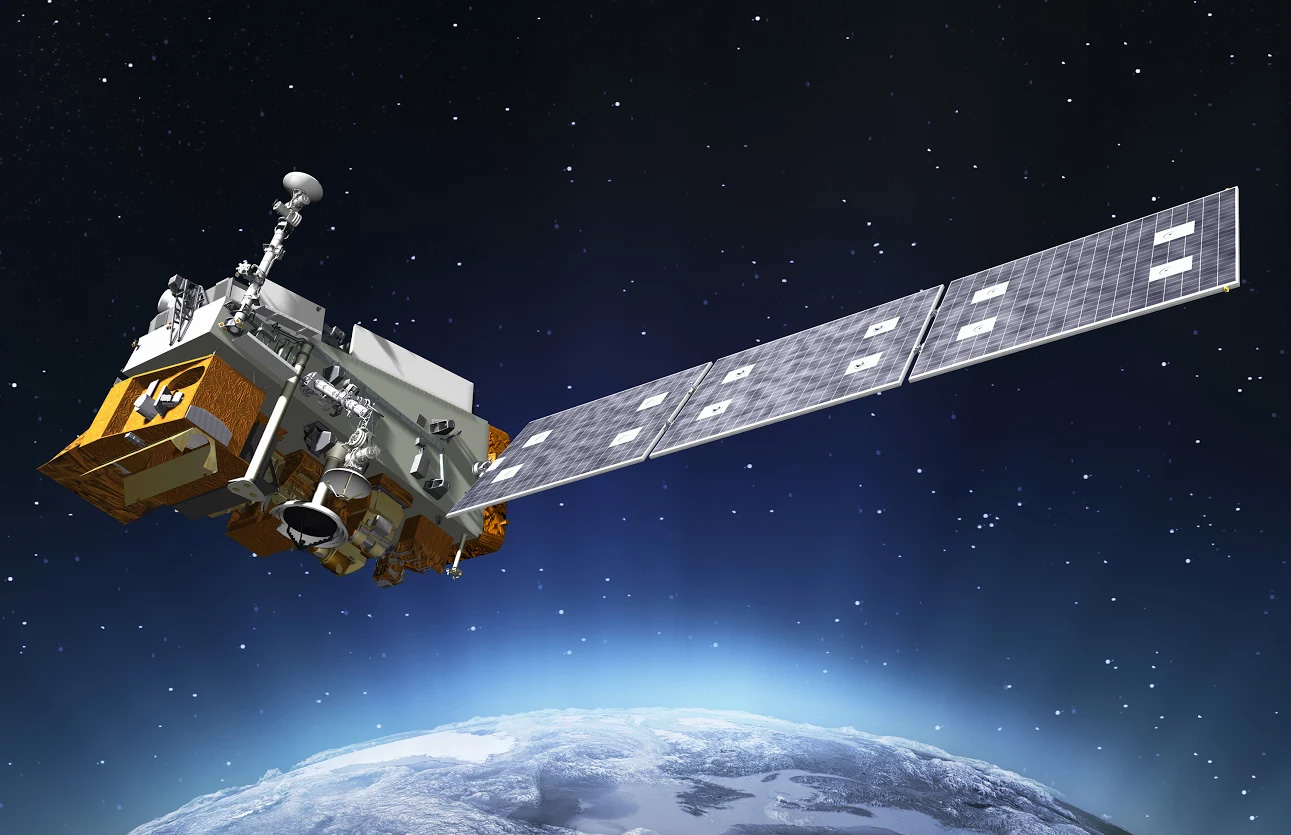The Joint Polar Satellite System-1 (JPSS-1), the first in a new series of four highly advanced NOAA polar-orbiting satellites, which will help increase weather forecast accuracy from three to seven days out, is scheduled to launch on Friday, Nov. 10, from Vandenberg Air Force Base, California. Liftoff aboard a United Launch Alliance Delta II rocket from Space Launch Complex 2 is targeted for 1:47 a.m. PT (4:47 a.m. ET) at the opening of a 65-second launch window. Launch coverage will begin on NASA Television and the agency’s website at 1:15 a.m. PT.
JPSS represents significant technological and scientific advancements in observations used for severe weather prediction and environmental monitoring. JPSS is a collaborative effort between the NOAA and NASA.
NOAA’s National Weather Service uses JPSS data as critical input for numerical forecast models, providing the basis for mid-range forecasts. These forecasts enable emergency managers to make timely decisions to protect American lives and property, including early warnings and evacuations.
JPSS satellites circle the Earth from pole-to-pole and cross the equator 14 times daily–providing full global coverage twice a day. Polar satellites are considered the backbone of the global observing system.
For more information, please visit https://www.nesdis.noaa.gov/jpss-1.
Accreditation
The deadline for media accreditation of U.S. citizen or permanent resident card holders is Wednesday, Nov. 1, at 12 p.m. PT.
Please provide the following information:
-Full name
-Date of birth
-Driver’s license or identification card number and state from which it was issued
The deadline for accreditation of foreign national news media is Wednesday, Oct. 11, at 3 p.m. PT.
Please provide the following information:
-Full name
-Date of birth
-Passport number and country from which it was issued
For questions concerning accreditation, please contact Michael Stonecypher, 30th Space Wing Public Affairs Officer, at michael.stonecypher@us.af.mil.
L-2 Day (Wednesday, Nov. 8)
Prelaunch News Conference and Science Briefing
A prelaunch status briefing will be held at 1 p.m. PT, followed by a science briefing at 2:30 p.m. PT. Both briefings will be held at Vandenberg’s Press Site TV Auditorium and air live on NASA Television and the agency’s website.
L-1 Day (Friday, Nov. 9)
News Media Launch Pad Photo Opportunity and Remote Camera Setup
There will be an opportunity for news media to photograph the Delta II with JPSS-1 at the launch pad and establish sound-activated remote cameras at the pad. Media should meet at the Vandenberg south gate parking lot on California State Road 246 and 13th Street at 2:30 p.m. PT to be escorted to Space Launch Complex 2.
Media wishing to attend the launch pad photo opportunity and/or remote camera setup should confirm their participation with Michael Stonecypher, 30th Space Wing Public Affairs Officer, at michael.stonecypher@us.af.mil no later than 12 p.m. PT, Friday, Nov. 3.
L-0 Day (Friday, Nov. 10)
Launch Viewing
Media covering the launch must confirm their participation with Michael Stonecypher, 30th Space Wing Public Affairs Officer, at michael.stonecypher@us.af.mil no later than 12 p.m. PT, Friday, Nov. 3. Media covering the JPSS-1 launch will meet the Public Affairs Officers at 12 a.m. PT at the Vandenberg Air Force Base main gate parking lot located on California Boulevard and State Highway 1. Once all the credentialed media are assembled, Public Affairs will transport everyone to the press viewing site on north Vandenberg. Press credentials and identification from a bona fide news organization is required for base access. A driver’s license alone is not sufficient. After launch, media will be escorted back to the main gate. A post-launch news conference will not be held.
NASA TV Launch Coverage
NASA TV live coverage will begin at 1:15 a.m. PT. Coverage will conclude after spacecraft separation. There is no planned post-launch news conference. A post-launch news release will be issued as soon as the state-of-health of the spacecraft can be verified. For NASA TV downlink information, schedules and links to streaming video, visit https://www.nasa.gov/ntv.
Audio only of the news conferences and launch coverage will be carried on the NASA “V” circuits, which may be accessed by dialing 321-867-1220, -1240, -1260 or -7135. On launch day, “mission audio,” the launch conductor’s countdown activities without NASA TV launch commentary, will be carried on 321-867-7135.
NASA Web Prelaunch and Launch Coverage
Prelaunch and launch day coverage of the JPSS-1 flight will be available on https://www.nasa.gov. Coverage will include live streaming and blog updates beginning at 1:15 a.m. PT as the countdown milestones occur. You can follow countdown coverage on our launch blog at https://blogs.nasa.gov/jpss.
Learn more about the JPSS-1 mission by visiting:
Join the conversation and follow the JPSS-1 mission on social media by using Twitter and Facebook at:
– end –
Tori McLendon
Kennedy Space Center, Florida
321-867-2468
tori.n.mclendon@nasa.gov
Steve Cole
Headquarters, Washington
202-358-0918
stephen.e.cole@nasa.gov
John Leslie
NOAA, Washington
301-713-0214
john.leslie@noaa.gov




























